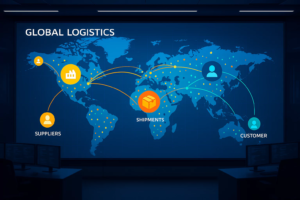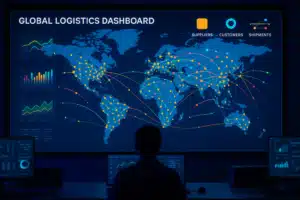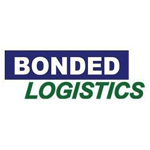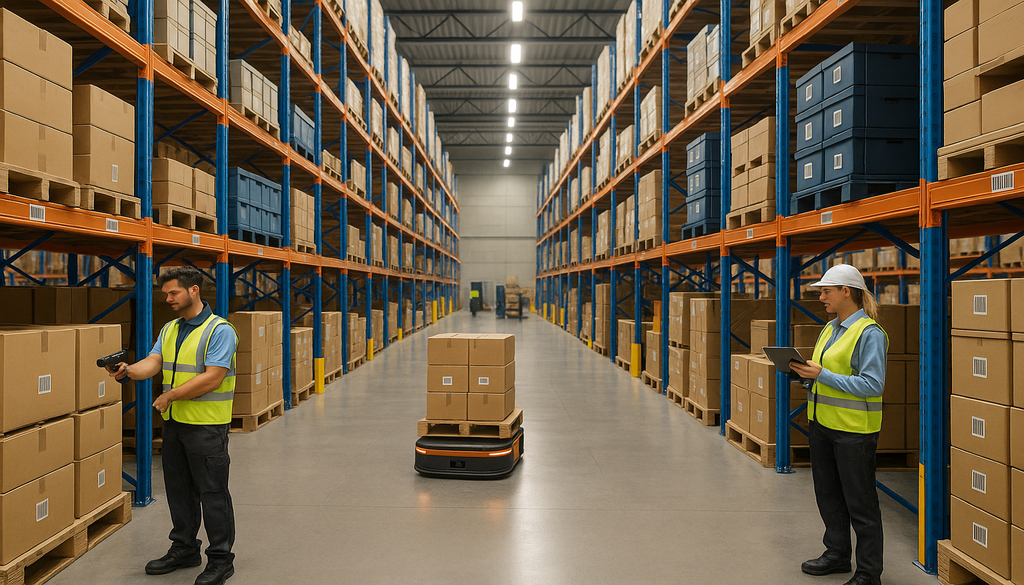Enhancing Supply Chain Visibility: Effective Strategies for Better Oversight
In today’s complex and dynamic market, enhancing supply chain visibility is crucial for operational efficiency and risk management. The ability to see and understand every aspect of the supply chain allows businesses to respond swiftly to changes, manage risks effectively, and optimize operations. This post explores practical strategies that leverage technology and best practices to improve oversight across your supply chain networks. By the end of this article, you will understand how to assess your current visibility, implement effective software solutions, and overcome common challenges to achieve end-to-end supply chain transparency.
Understanding the Importance of Supply Chain Visibility
Supply chain visibility refers to the ability to track and monitor all parts of the supply chain process in real-time. It encompasses the flow of goods, information, and finances from the point of origin to the final customer. Enhanced visibility provides businesses with critical insights that lead to improved decision-making and operational efficiency.
The benefits of enhanced visibility are substantial. Businesses can anticipate disruptions, reduce inefficiencies, and improve customer satisfaction by having a clear view of their supply chain operations. For instance, real-time data allows companies to adjust to unexpected delays or demand spikes, maintaining service levels and minimizing costs. Moreover, visibility supports compliance with regulations and standards, ensuring that all parts of the supply chain adhere to necessary guidelines.
Assessing Your Current Visibility Level

Before implementing new strategies, it’s essential to evaluate your existing supply chain processes. Start by mapping out your entire supply chain to identify where visibility is lacking. This involves reviewing current data collection methods, information flow, and communication channels.
Identifying gaps and areas for improvement is crucial. For example, if your data is siloed across different departments or systems, it can hinder your ability to gain a comprehensive view of the supply chain. Conducting a thorough audit will help pinpoint these issues, allowing you to develop a targeted plan to enhance visibility. This assessment should also consider the technological infrastructure in place and how it can be optimized or integrated with new solutions.
Implementing Supply Chain Visibility Software
Supply chain visibility software is a powerful tool that provides real-time data and analytics across the supply chain. These solutions offer features such as tracking and tracing, predictive analytics, and automated alerts. When selecting a visibility solution, look for key features like integration capabilities, user-friendly interfaces, and robust data security measures.
Integration with existing systems and processes is vital for maximizing the benefits of visibility software. Ensure that the software can seamlessly connect with your current ERP, CRM, and other business systems to provide a unified view of the supply chain. This integration will facilitate real-time data sharing and improve collaboration across departments and with external partners.
Achieving End-to-End Supply Chain Visibility

Achieving end-to-end supply chain visibility involves extending oversight from suppliers to customers. This requires a comprehensive approach that incorporates real-time data tracking and analytics. By leveraging technologies such as IoT devices and advanced analytics, businesses can monitor every stage of the supply chain, from raw material sourcing to product delivery.
Real-time data tracking enables companies to respond quickly to changes and disruptions. For instance, if a shipment is delayed, real-time alerts can trigger contingency plans to mitigate the impact on the supply chain. Analytics further enhance visibility by providing insights into trends and patterns, helping businesses optimize their operations.
Consider the case of a global retailer that implemented a visibility solution to track its inventory across multiple warehouses and distribution centers. By integrating real-time data and analytics, the retailer improved its inventory accuracy by 20% and reduced lead times by 15%, resulting in significant cost savings and enhanced customer satisfaction.
Overcoming Common Challenges in Enhancing Visibility
While the benefits of enhanced visibility are clear, achieving it can be challenging. One of the primary obstacles is data silos, where information is isolated within different departments or systems. To overcome this, businesses should focus on creating a centralized data repository that consolidates information from all sources.

Interoperability issues also pose a challenge, particularly when dealing with multi-tier supplier networks. Implementing standardized data formats and communication protocols can facilitate seamless data exchange between different systems and partners. Additionally, ensuring data security and privacy is crucial in a connected environment. Employing robust cybersecurity measures and compliance with data protection regulations will safeguard sensitive information and build trust with stakeholders.
Measuring the Impact of Improved Supply Chain Visibility
To gauge the effectiveness of visibility improvements, businesses should track key performance indicators (KPIs). These include lead time reduction, increased order accuracy, and improved response times to supply chain issues. Monitoring these metrics will provide insights into the impact of visibility initiatives on overall supply chain performance.
Long-term benefits of enhanced visibility include increased agility, reduced costs, and improved customer satisfaction. By continuously monitoring and analyzing supply chain data, businesses can identify areas for further improvement and scalability. This ongoing process ensures that the supply chain remains efficient and responsive to changing market conditions.
Conclusion
This post has outlined actionable strategies to enhance supply chain visibility, from assessing current processes to implementing advanced software solutions. By prioritizing transparency and real-time data, businesses can not only improve operational efficiency but also enhance responsiveness and decision-making capabilities in their supply chains. As you embark on your journey to enhance visibility, remember that continuous improvement and adaptation are key to maintaining a competitive edge in today’s dynamic market.
Frequently Asked Questions (FAQ)
Q1: What is supply chain visibility?
Supply chain visibility is the ability to track and monitor all parts of the supply chain process in real-time, providing businesses with the information needed to make informed decisions and respond promptly to any changes or disruptions. It involves having a comprehensive view of the flow of goods, information, and finances from suppliers to customers.
Q2: How does supply chain visibility software improve business operations?
Supply chain visibility software provides real-time data and analytics, helping businesses to anticipate problems, reduce inefficiencies, and improve overall supply chain performance by providing detailed insights into every stage of the supply chain. This enables companies to make data-driven decisions, enhance collaboration, and optimize resource allocation.
Q3: What are the main challenges in achieving end-to-end supply chain visibility?
The primary challenges include dealing with data silos, ensuring data accuracy and consistency across multiple systems, managing the complexity of multi-tier supply networks, and maintaining data security in a highly interconnected environment. Overcoming these challenges requires a strategic approach that involves technology integration, standardization, and robust cybersecurity measures.
Q4: Can small to medium enterprises (SMEs) also benefit from enhanced supply chain visibility?
Yes, SMEs can significantly benefit from enhanced supply chain visibility, which can help them compete more effectively with larger companies by improving their responsiveness, reducing costs, and enhancing customer satisfaction. Visibility solutions tailored to the needs of SMEs can provide scalable and cost-effective options for improving supply chain oversight.
Q5: What are some key performance indicators (KPIs) to measure the effectiveness of supply chain visibility improvements?
Important KPIs include lead time reduction, increased order accuracy, improved response times to supply chain issues, and enhanced customer satisfaction rates. These indicators help businesses gauge the impact of visibility improvements on overall supply chain performance and identify areas for further optimization.









